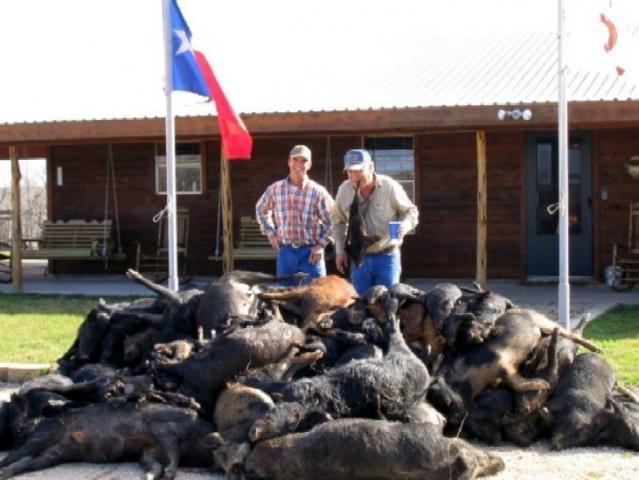- Thread starter
- #11
Quote:
Yes- absolutely- Mule Deer, Wapiti, White Tail, Black Bear, Canada Goose - and Judge Judy- there's been lots of awesome Thanksgiving feastage going on.
Are black walnuts from this hemisphere?
Yes- absolutely- Mule Deer, Wapiti, White Tail, Black Bear, Canada Goose - and Judge Judy- there's been lots of awesome Thanksgiving feastage going on.
Are black walnuts from this hemisphere?







